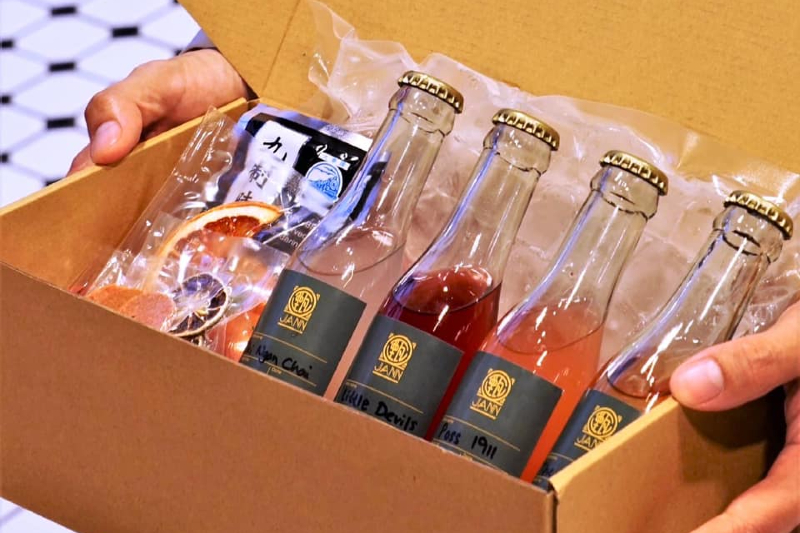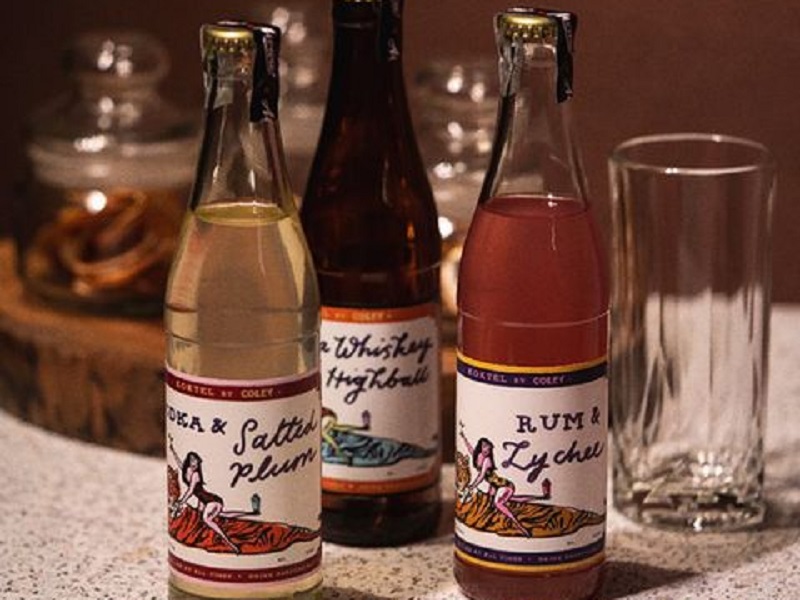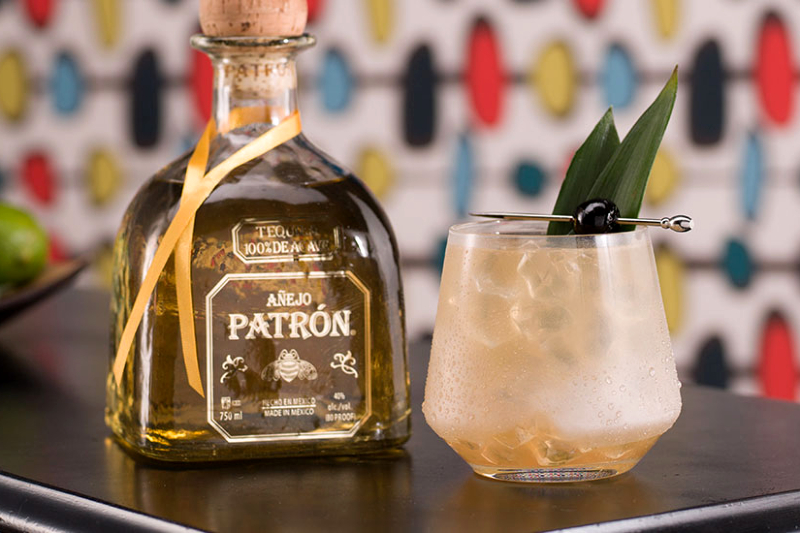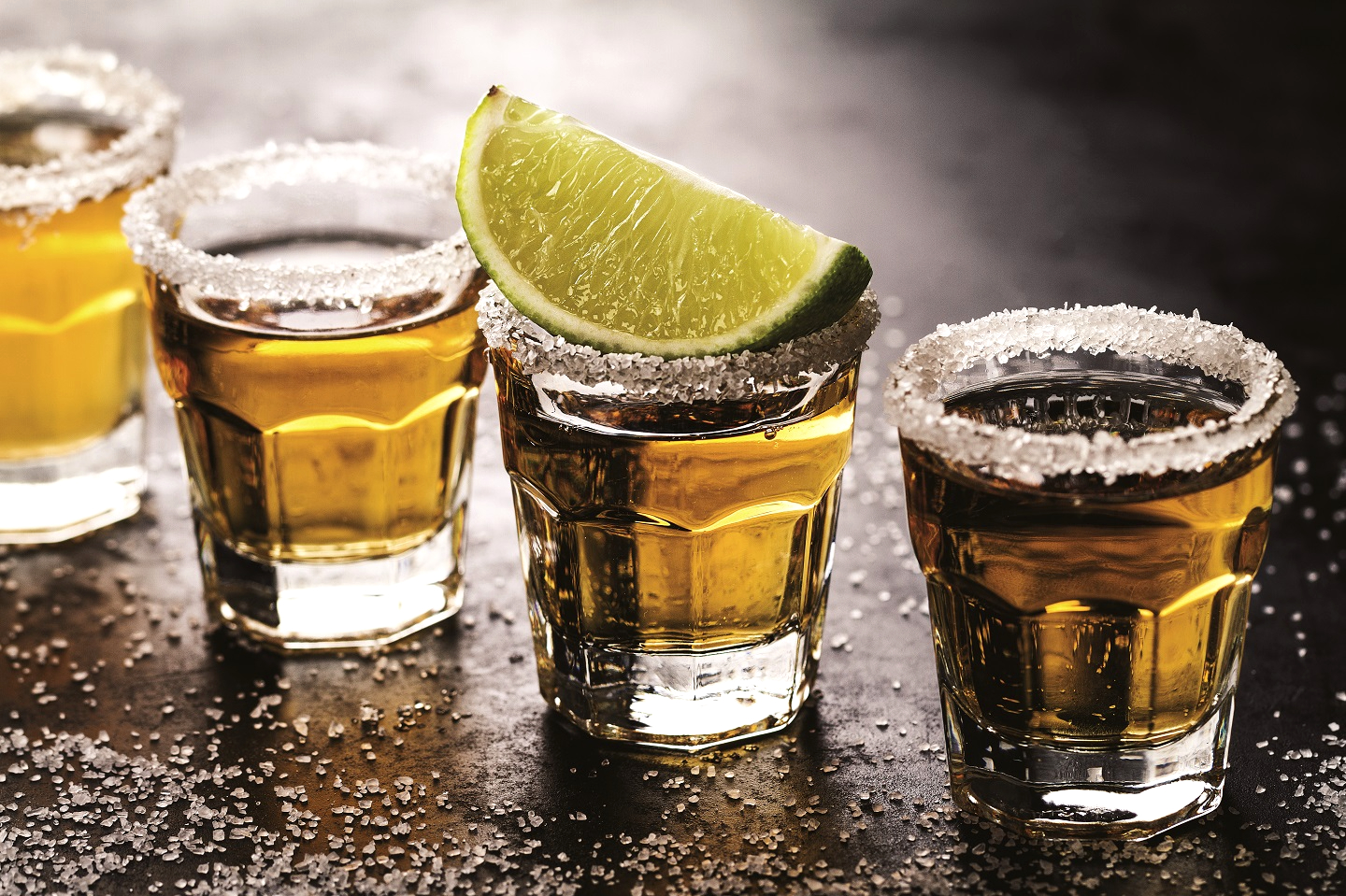
Go for a walk on the wild side by having it neat with salt and lime
When you think of alcoholic beverages that have a rich history or interesting origins, usually whisky, wine and cognac are the first to come to mind. Not many people know that tequila — the go-to shot with salt and lime — should also be on this list.
The earliest version of tequila — called pulque — dates back to 1000 BC and was made by Olmecs, one of the earliest known Mesoamerican civilisations. Pulque is a milky liquid made from the fermented sap of the agave plant (sometimes known as mezcal or maguey), and there is archaeological evidence of pulque-making recorded on rock carvings, murals and codices, the most famous of which is the Mural of the Drinkers at the Great Pyramid of Cholula. It was also a popular drink with the people of the Aztec civilisation, who had deities related to this spirit — Mayahuel, the Aztec goddess of maguey, and Patecatl, the god known as the “lord of the root of pulque”.
There are different Aztec myths that explain the discovery of pulque. One tells of the god Quetzalcoatl, who fell in love with the beautiful goddess Mayahuel. He took her to earth and upon embracing her, they turned into a tree with two branches. Furious, Mayahuel’s grandmother led an attack on the tree, splitting it in two and essentially ripping Mayahuel apart. Crushed, Quetzalcoatl buried the pieces of his lover and it grew into the first maguey plant. Some say that Quetzalcoatl hoped that the drink created from the plant would bring joy to those who consumed it.
jose_cuervo_.jpg
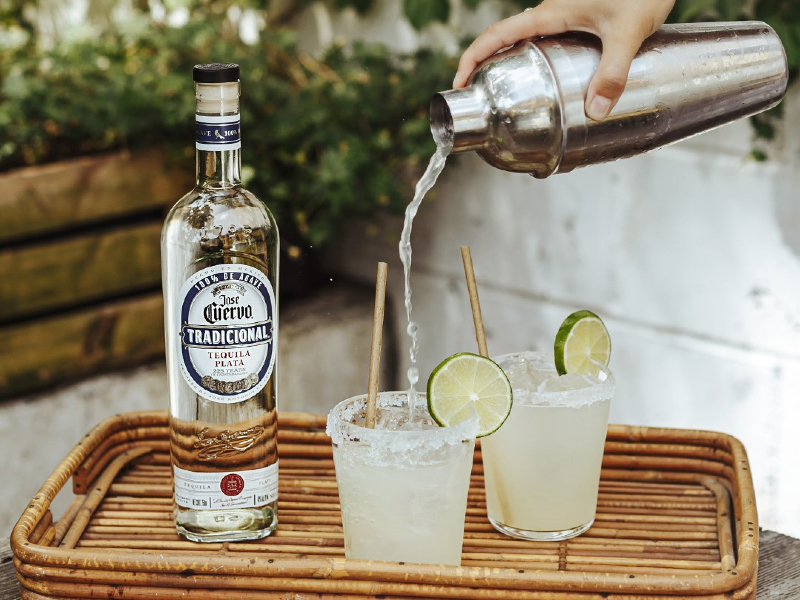
Pulque evolved in the 1500s, when the Spanish invaded the Aztecs. The Spanish did not have a taste for pulque, and as their supply of brandy ran low, they decided to try distilling the fermented agave with primitive mud stills. This made vino de mezcal or mezcal wine. They used copper stills and within about a decade, what we know now as tequila was born. A Spanish nobleman in the 1600s, the Marquis of Altamira, built the first distillery in Jalisco, where most of today’s tequila is still produced.
But where did the name “tequila” come from? This is a little unclear. In the Nahuatl language, tequila has a few different meanings. It can be translated to “the rock that cuts” or some variation of “the place of harvesting plants”, or even “the place of tricks”. In 1750, a formal industry formed and towards the end of the 1890s, “tequila” was a more commonly used name instead of mezcal. It was around this time that families such as the Cuervos and Sauzas — known for two of today’s most famous brands, Jose Cuervo and Sauza Tequila — began distilling tequila.
During Prohibition in the US, tequila, like Irish whiskey and gin, was in high demand. A short jaunt to Tijuana allowed Americans to sample tequila in almost any bar. Legend has it that it was in one of these establishments that the famed margarita was concocted for the first time. On a trip with his wife, newspaperman James Graham sampled a Tequila Daisy (margarita is ‘daisy’ in Spanish) in a bar run by an Irishman named Madden.
tequila_regulatory_council.jpg
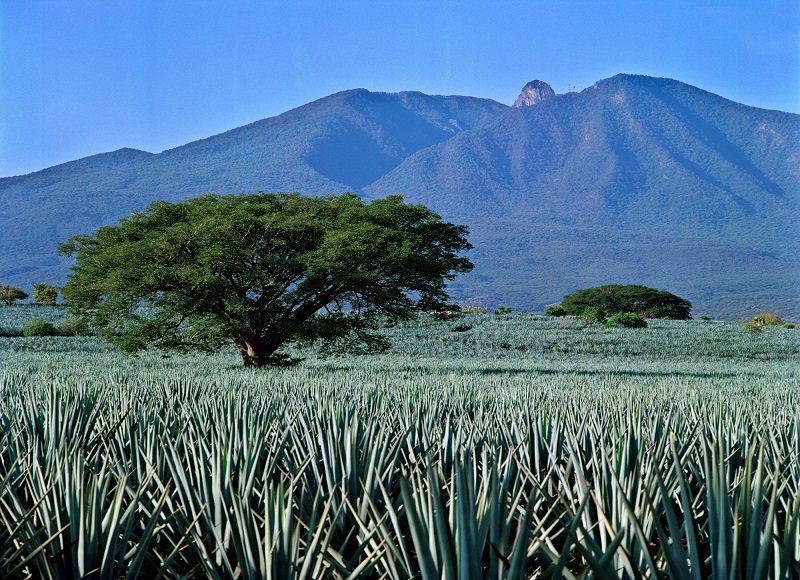
It was only in 1974 that tequila was declared as an intellectual property of the Mexican government. There is even a Tequila Regulatory Council that protects the legitimacy and quality of this spirit. Today, in order to qualify as tequila, it must be made and aged in specific locations in Mexico, and only with blue agave.
With these strict guidelines, the difference between mezcal and tequila is clearer. Not only are they made in different regions of Mexico, they are also distilled differently. For tequila, the agave is steamed inside industrial ovens and then distilled two or three times in copper pots, whereas mezcal is cooked in earthen pits that have been lined with lava rocks, wood and charcoal, and then distilled in clay pots.
Although both mezcal and tequila are aged in oak barrels, their ageing categories and labels differ again. The three varieties of tequila are blanco, which is aged for up to two months; reposado, two to 12 months; and anejo, one to three years. Mezcal is aged for a shorter time — joven, up to two months; reposado, two to 12 months; and anejo, at least one year.
This spirit has been on an incredible journey through time — from pulque to mezcal wine and, finally, tequila. To celebrate this remarkable beverage, you can decide to go for a classic margarita, get fancy with a Paloma or Tequila Sunrise cocktail, or walk on the wild side by having it neat with salt and lime. Whichever way you choose, remember to add it to the list of spirits with a rich history.
Celebrate Tequila Day with these home deliveries:
Jann KL
Treat yourself to a box of cocktails from Jann at Four Points by Sheraton Kuala Lumpur. Their Bak Wa (RM45) features bak kwa fat-washed mezcal, Cointreau, pandan and lemon. However, if you would like something sweeter, try the Asam Laksa (RM45), which includes tequila, ginger flower, asam keping, pineapple juice and calamansi.
WhatsApp 012 507 3327 to order.
Coley
If you fancy sampling tequila with a local twist, try Coley’s Tequila and Asam Jawa cocktail, which includes agave syrup, lime juice and ginger ale. This can be ordered for an additional RM30 with their Makan at Home Set.
WhatsApp 019 270 9179 to order.
Wholly Spirits
For those who would rather try agave in its purest form, check out Wholly Spirits’ range of tequilas and mezcals. From more unusual and rare selections such as the Marca Negra San Martin Mezcal (RM582) to more premium tequila like the Patron Anejo (RM370), you will have endless choices.
Shop here.
This article first appeared on July 19, 2021 in The Edge Malaysia.

